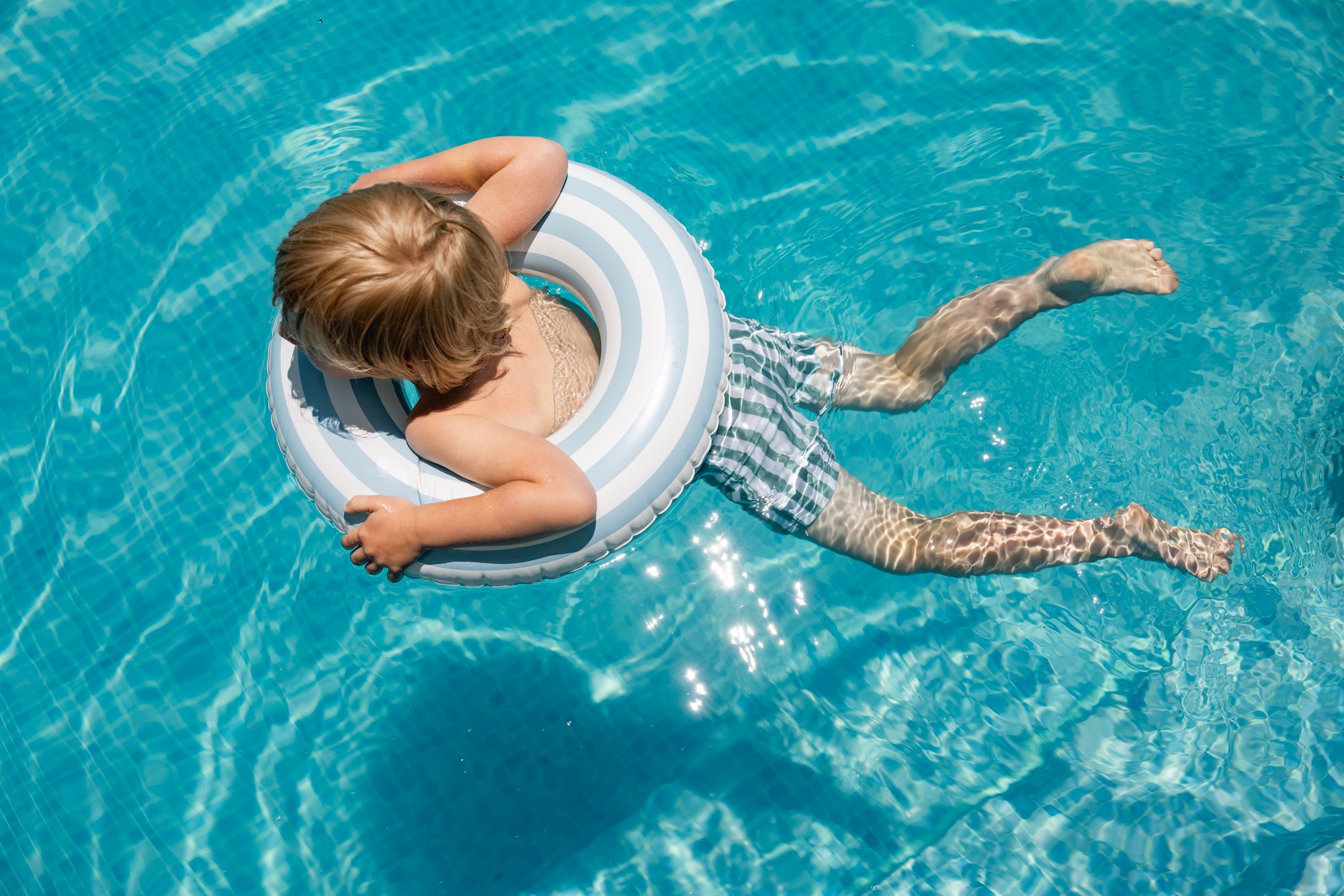It's a leading cause of death among children, and rates have increased since the pandemic. Two doctors offer prevention measures.

A Florida Pediatrician Calls This Fatal Summertime Accident “Silent and Lightning Fast”

Memorial Day weekend marks the moment many community and backyard pools around the country reopen and welcome swimmers.
But amid the cannonballs and waterslide fun come reminders from some health professionals: Having a swimming safety plan is vital, and drowning can happen faster—and far more quietly—than most of us perceive.
According to the American Red Cross, there are around 4,000 drowning deaths in the U.S. every year, for an average of 11 per day. It’s said 87% of drowning deaths in children under the age of five years happen in either home pools or hot tubs, while a 2024 report showed that the pandemic directly reduced the number of children who’d had access to swimming lessons—and how much drowning deaths increased as a result.
As one pediatric emergency medicine doctor, Dr. Meghan Martin—known online as @Dr.Beachgem10—shared Tuesday in an Instagram reel: “Drowning is a leading cause of death for children one to four years old, and no one thinks it’s going to be them until tragedy strikes.” Dr. Martin added: “It’s not like you see in TV or the movies. It’s silent, it’s completely silent. There’s no thrashing around or screaming, it’s just—they slip into the water and that’s the only sound.”
In the comments section, multiple other healthcare professionals and even parents who lost children to drowning incidents weighed in to repeat how fast and under-the-radar drownings can happen. One mentioned that a toddler had been sitting on the pool steps right next to their parent, who was engaged in conversation.
Others stated that it wasn’t just pools that posed danger, as they’d witnessed children experience accidents from falling into items like buckets and coolers that held even as low as two inches of water.
Dr. Martin said precautions should be taken around all bodies of water because it takes just seconds—the amount of time it takes to look down at a phone or answer a door—for a drowning to occur. “We need to be putting layers of protection between the child and the water,” she said, emphasizing safety measures such as door locks, door alarms, fences around the pool, or pool covers.
In her video, Dr. Martin recommended that kids have swim lessons (or that young children are introduced to infant swimming resource lessons), noting that many communities offer swim lessons or other pool safety equipment for free or at a reduced price.
Several replies to Dr. Martin’s video mentioned the idea of hiring lifeguards for pool parties as an added measure, with one noting the $50 fee to book a lifeguard in her community was worth the cost of protecting little ones.
Genon Wicina, MD, a pediatrician with Cleveland Clinic Children’s, has offered a few recommendations when designating someone to carefully watch children in the water:
- That person should not be drinking alcohol
- They should also not be on their phones
- Other distractions should be avoided as well
She also recommends that families openly talk about how they plan to be safe around pools. “Drowning prevention has multiple layers to it, and I think it’s smart for families to sit down and have a meeting to discuss what those are,” said Dr. Wicina.
For those with a pool at home, Dr. Wicina also said “it’s not enough” to assume a fence will be sufficient. “You need one that’s climb-proof, the right height and has locking gates,” she said. “There should also be a second barrier of protection, like a floating pool alarm that detects wave action if a child gets in.”
Dr. Martin ended her reel with one final suggestion: “There has never been a better time to learn CPR. You never know whose life you might save.”
